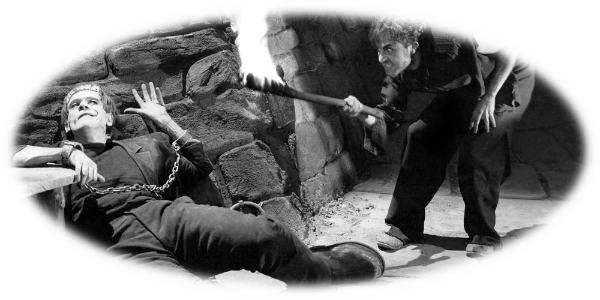

HIS HUMBLE HUNCHBACK: THE STOCK CHARACTER HISTORY OF IGOR
May 13, 2019 | Essays

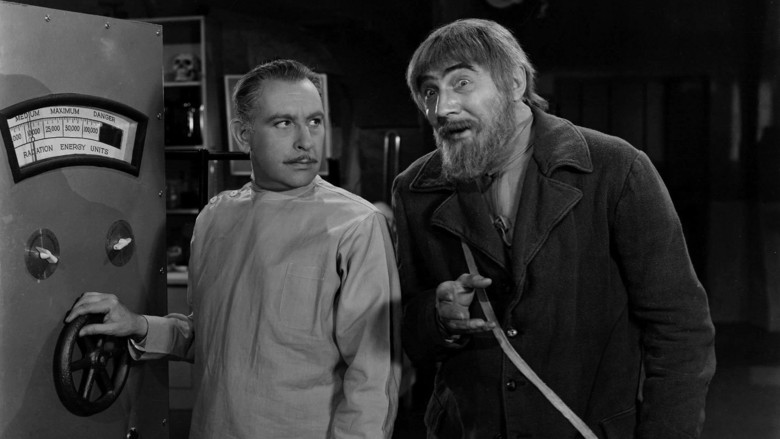
In the early 30s, Dwight Frye played several subservient characters in Universal’s horror films, but it was his 1931 role as the hunchbacked Fritz in Frankenstein that was the first popular portrayal of the "Igor" archetype onscreen. Throughout the late 30s and 40s, more characters would make significant contributions to the "Igor" archetype as well, starting with Universal’s third Frankenstein feature in 1939. This new installment, Son of Frankenstein, would be done with a new writer and a new director: Wyllis Cooper and Rowland V. Lee. This new era of Frankenstein films, one without John L. Balderston and James Whale and soon to be without Boris Karloff, would be denoted by a gradual demotion to B-movie status and a hell of a lot more hunchbacks.
Taking place one generation after 1935’s Bride of Frankenstein, Son of Frankenstein depicts the return of the doctor’s son, Wolf Frankenstein, to the family castle. In his absence, the ruins of his father’s laboratory have become the hideout for the scheming hermit Ygor, played by Bela Lugosi, who seeks Wolf's help in reviving the comatose monster. Despite his gnarled appearance, Ygor is not actually a hunchback. He has a twisted neck and spine, but as the result of a botched hanging, not a case of kyphosis. Furthermore, although Ygor does work with Wolf Frankenstein in the lab, his relationship to the doctor is hardly subservient, or even amiable. Ygor manipulates and extorts Wolf into reviving the monster for his own nefarious purposes, i.e., revenge on the jurors who hanged him. Dwight Frye’s Fritz, although monstrous in his own right, is far more loyal to Dr. Frankenstein, whereas Ygor is independent and treacherous.
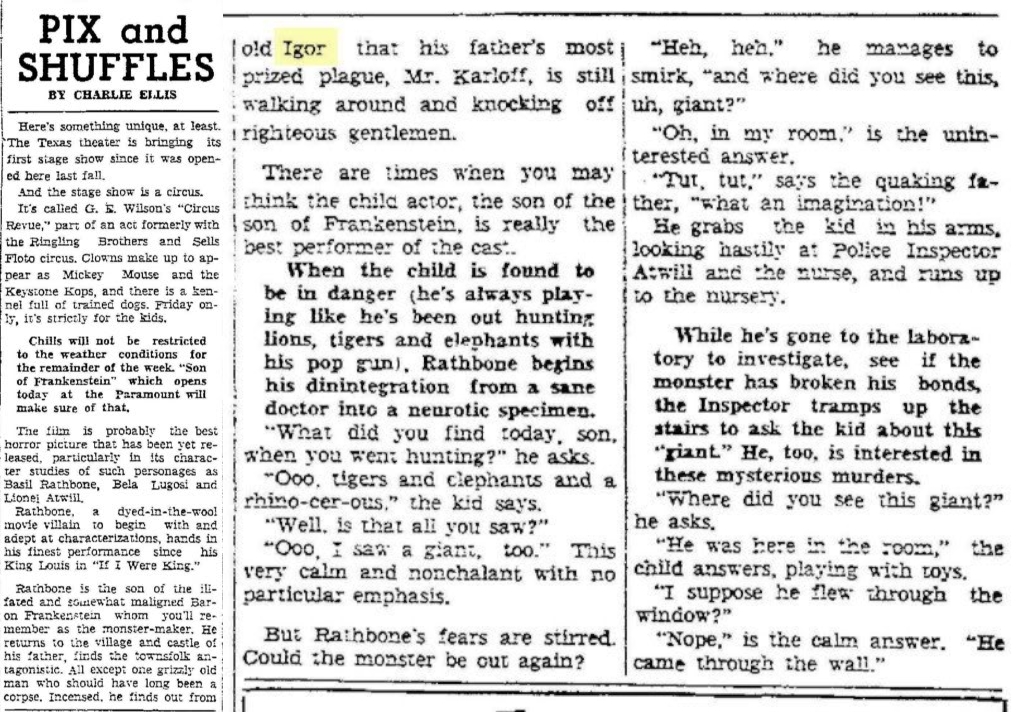

Despite being less devoted of a servant than Fritz was, Ygor was still very pivotal in developing the archetype of "Igor." The name is the most obvious step forward; Ygor and Igor are as similar as Steven and Stephen. A 1939 review of the film from the Abilene Reporter News (courtesy of the Classic Monster Kid Horror Forum) even calls Lugosi’s character "old Igor." While not an exact match, this seems to be the origin of Igor as the name of the hunchback in Frankenstein mythology. Even though Ygor didn't have a hump, his role as a somewhat deformed stooge was similar enough to Fritz that the two became conflated. John Q. Public might remember "the hunchback from Frankenstein" as a composite character of Fritz, Ygor, and even Karl or Renfield while not remembering that these were all different and distinct characters. Lugosi would reprise the role of Ygor in the next film in the series, 1942’s The Ghost of Frankenstein, to extort Wolf’s brother Ludwig Frankenstein into transplanting his own brain into the monster's body. While otherwise an unremarkable movie, this scheme is an early example of a common "Igor" trope: working for Dr. Frankenstein as a means to have his hunchback cured, one or way or another.

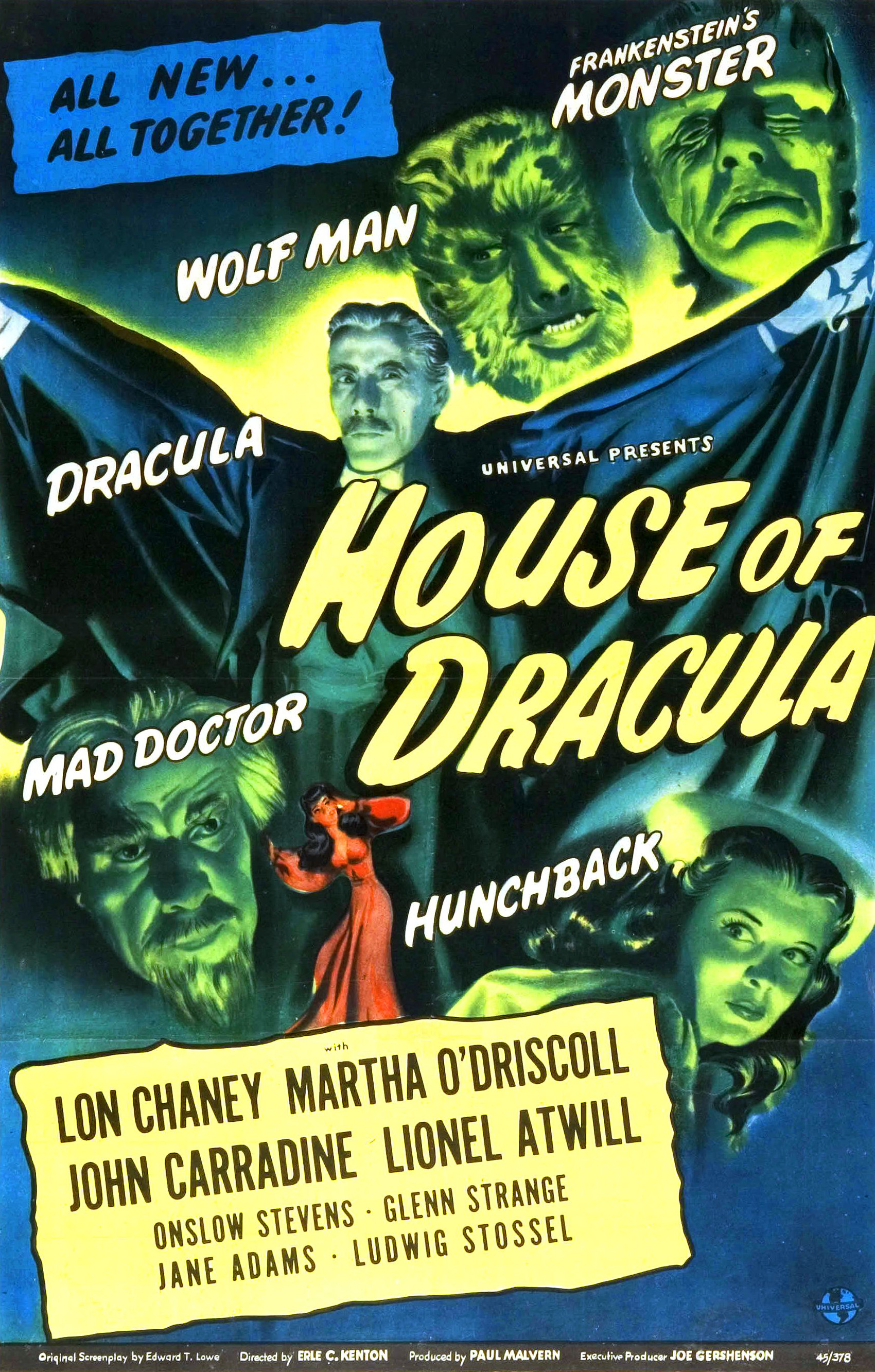
After The Ghost of Frankenstein, Universal began producing several "monster rally" crossover films to take advantage of their large, revolting roster and reignite public interest in horror. The first of these films was 1943’s Frankenstein Meets the Wolfman and after its success came House of Frankenstein (1944) and House of Dracula (1945). These films advertised that the studio’s monsters were "all together," and archetypes of "the mad doctor" and "the hunchback" had earned same billing as Dracula, Frankenstein’s monster, and the Wolfman. This approach to building an ensemble was a nod to the significance of characters like Fritz and Ygor in the Frankenstein films, and affirmed that the mad doctor and his hunchbacked assistant were just as iconic as the monsters that could carry their own films. Additionally, while the mad scientists in these movies would usually take an interest in Frankenstein's monster, they marked the end of "Igor's" hitherto exclusive association with the family of Dr. Frankenstein himself; "Igor" became a free agent.
The doctor/hunchback pair in the first film, House of Frankenstein, is comprised of Daniel and Dr. Neimann, played by J. Carroll Naish and Boris Karloff, respectively. The film revisits Ygor's scheme in The Ghost of Frankenstein and depicts Daniel as loyal to Dr. Neimann because of the doctor’s promises to give him a new body. This desperation to be cured is what makes Daniel so complicit in Dr. Neimann’s crimes, even going so far as to murder on command. When they discover the frozen Wolfman and Frankenstein’s monster, however, Dr. Neimann neglects his promises, and furthermore, the woman Daniel loves spurns him in favor of the lycanthropic Larry Talbot. Wrought with loneliness, heartbreak, and indignation, Daniel attacks Dr. Neimann at the film’s climax before being lethally defenestrated by the reanimated monster. Meek, yet quick to anger and violence, Daniel joined Fritz and Ygor in contributing to the "Igor" archetype, adding sympathetic elements that hadn’t been present in earlier portrayals.
Universal’s next crossover was House of Dracula, which again advertised a "mad doctor" and a "hunchback" among its stars. As far as "Igors" go, House of Dracula is particularly unique. For the first time in Universal’s Frankenstein franchise, the hunchback is a woman, played by Jane Adams, and a completely sympathetic, tragic, and non-antagonistic character. Preceding "Igors" were sadistic grave robbers at best or murderous manipulators at worst, but this hunchback, named Nina, remains totally innocent. She expands on the themes of isolation and self-consciousness suffered by Daniel before her; the love triangle even shifts one place and this time around, it's the hunchback who's in love with the Wolfman. Nina stands out as the most endearing of Universal’s "Igors" and is fascinatingly innovative, given that House of Dracula as a whole, being the penultimate film in the franchise, is severely hampered by a clear lack of originality. Abbott and Costello would carry the franchise after this, and they'd do it without the help of hunchbacks.
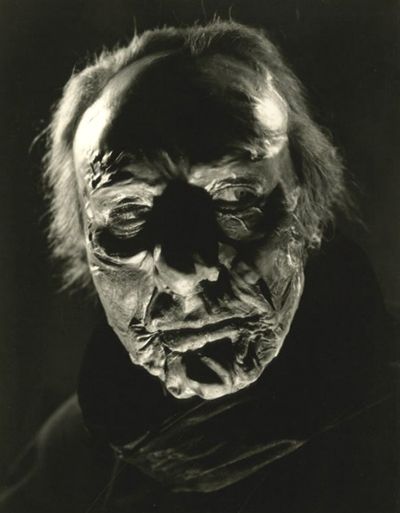
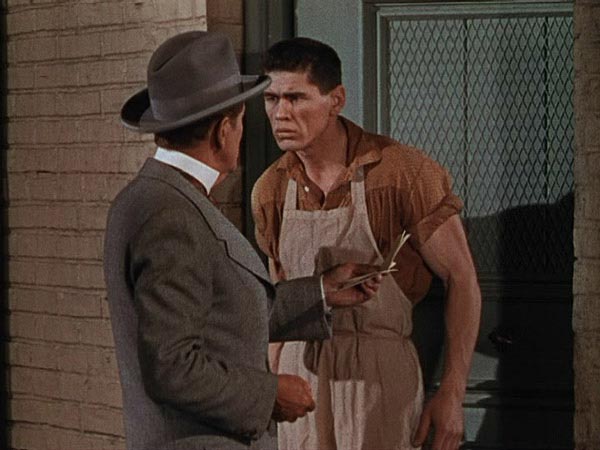
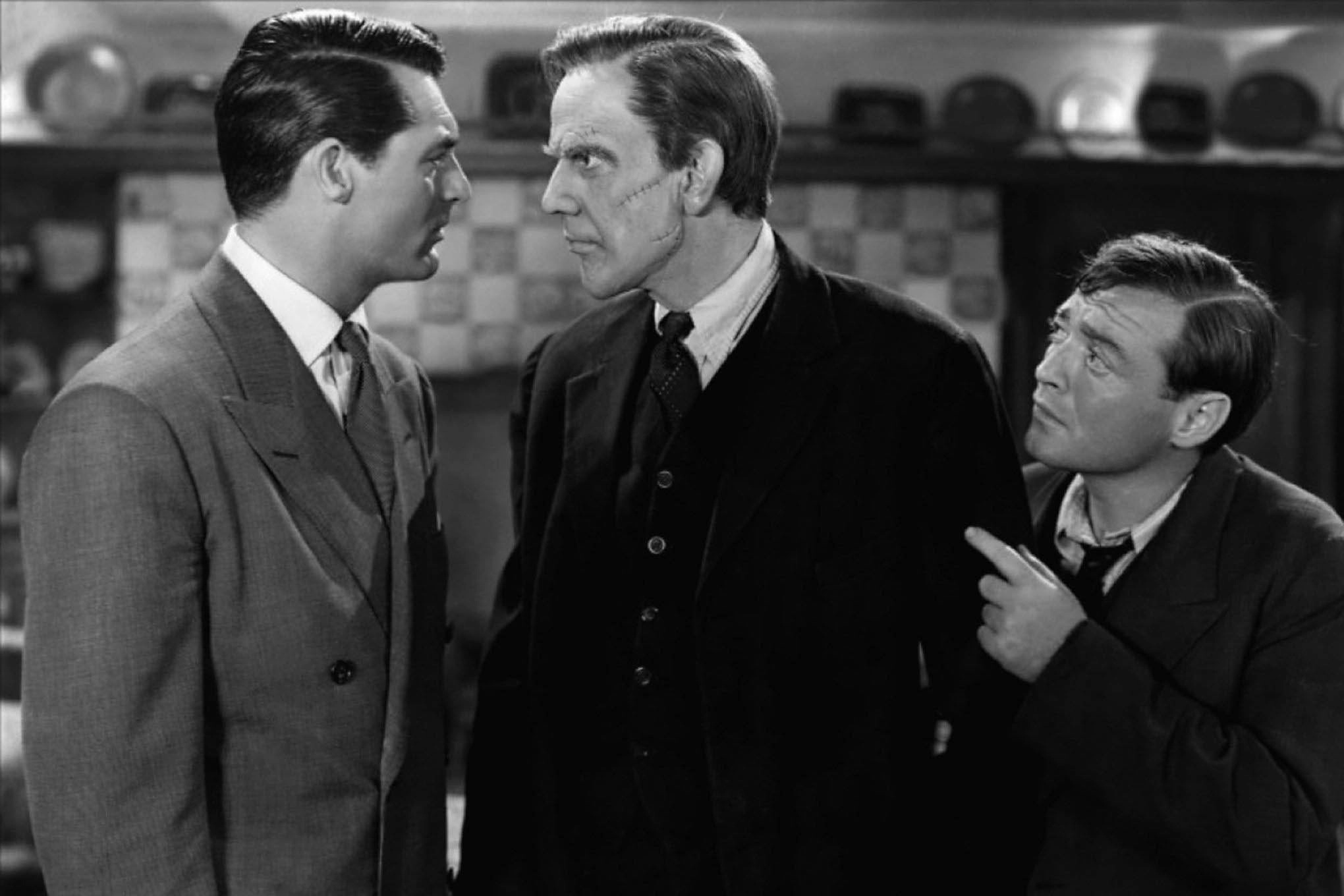
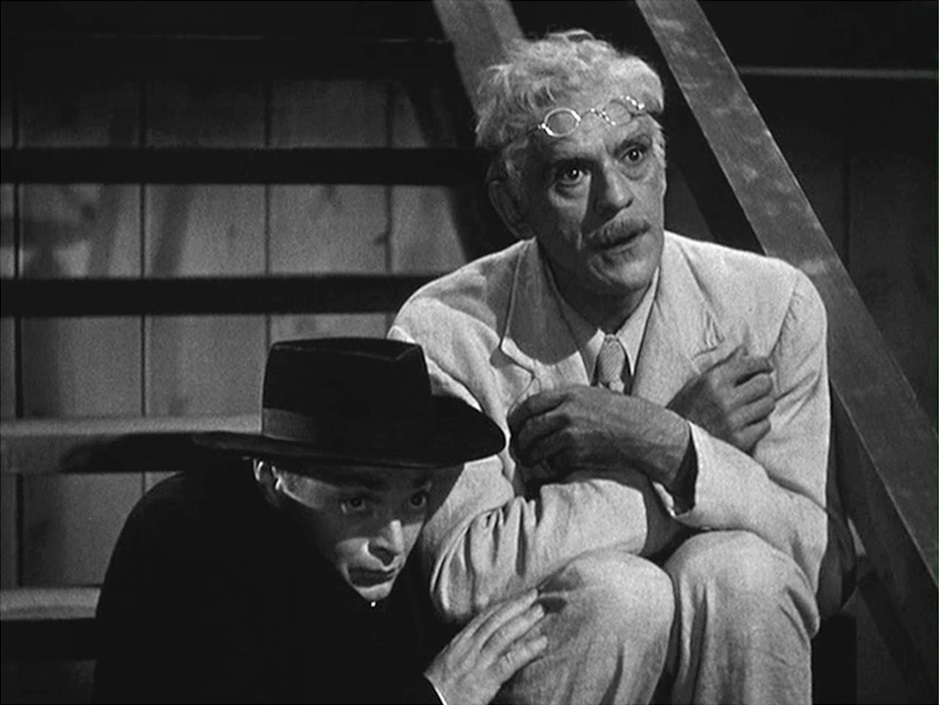
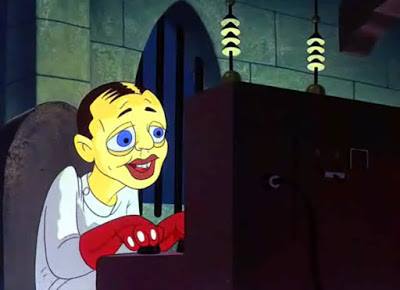
Although Universal’s Frankenstein films popularized the notion of a hunchbacked assistant, there were characters outside of that famous franchise who still may have helped cement Igor as their name. In Mystery of the Wax Museum (1933), Lionel Atwill plays a murderous museum curator named Ivan Igor who turns the bodies of his victims into wax sculptures. Like Ygor in Son of Frankenstein, this Igor is not a hunchback, but still deformed—Ivan Igor’s face was disfigured by fire and he covers his wounds with a wax mask. The film would be remade in 1953 as the lurid House of Wax, in which Ivan Igor is reinvented as Dr. Henry Jarrod, played by Vincent Price. However, Jarrod had a servant named Igor, played by a young Charles Bronson. Igor in House of Wax is deaf and mute but not visibly deformed like Fritz, Ygor, Daniel, or Nina. Regardless, this incarnation of the character furthered the trope of "Igor" as subservient to an evil master and as occasionally non-speaking, and alongside Ivan Igor, popularized the name in the horror genre.
Other now-staples of the "Igor" archetype have come from surprising sources. In 1939, the dark comedy Arsenic and Old Lace opened on Broadway and was made into a film directed by Frank Capra in 1944. The plot revolves around the dysfunctional Brewster family and their attempt to cover up various murders committed in their house. One of the family is Jonathan Brewster, played by Boris Karloff in the original Broadway cast, who (in a brilliant casting gag) bore Karloff’s likeness after receiving drunken plastic surgery from his meek accomplice Dr. Herman Einstein. In the film, Jonathan is played by Raymond Massey (Karloff was committed to the play, which was still running while the movie was filmed) and Dr. Einstein was played by Peter Lorre. Although not an adaptation of Frankenstein, various characters pointing out Jonathan’s resemblance to "Boris Karloff in the Frankenstein films" is a running joke.
Karloff played a variety of mad scientist characters throughout the 40s, including Dr. Neimann in the aforementioned House of Frankenstein, which came out the same year as Capra's Arsenic and Old Lace. Although Massey took Karloff's place in Arsenic, Karloff and Lorre did star together in The Boogie Man Will Get You two years earlier, in 1942. In this film, Lorre actually was the sniveling assistant to the actual Karloff’s mad doctor. Lorre’s roles in Arsenic and Boogie Man were both subservient wimps to a (big quotes) "Frankenstein" character. As mentioned in the first part of this essay, whenever an "Igor" has an actual voice (i.e., not feral growls), it is usually either a breathy, unctuous voice like Dwight Frye’s Renfield from Dracula or...a Peter Lorre impression. Arsenic was a runaway hit, and from how it coincided with Bela Lugosi’s twice-played Ygor, the hunchbacks of Universal’s monster rallies, and an "Igor"-esque role in Boogie Man, one can see how Lorre’s iconic voice became associated with servants of mad scientists. Lorre was even a mad doctor himself in two famous Looney Tunes shorts, Hair-Raising Hare (1946) and Birth of a Notion (1947), which caricatured both his iconic likeness and voice.
As the 40s waned, so too did Universal’s Frankenstein series, concluding with Abbott and Costello Meet Frankenstein in 1948 and burning out after seventeen years, eight films, and a gradual decline into B-movie status. The comedy duo would meet a marathon of monsters throughout the 50s but Frankenstein was put back on the slab—at least in America. Across the sea in England, its literary birthplace, Hammer Studios would shape the horror genre in the 50s and 60s in the same way that Universal had in the 30s and 40s. They borrowed heavily from their predecessor: Hammer produced several new but equally iconic takes on old monsters like the Mummy, Dracula, and of course, Frankenstein. Hammer catapulted the famous monster into color for the first time with Curse of Frankenstein in 1955 and it would bear six sequels through 1974.
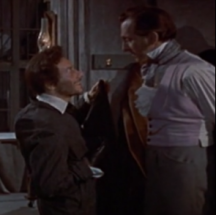
A hunchbacked lab assistant to Dr. Frankenstein appears in Hammer's second of the series, 1958’s Revenge of Frankenstein. This character, Karl, is played by Oscar Quitak and his loyalty to Dr. Frankenstein is motivated by promises of a new and healthy body. Sharing a name with Dwight Frye’s character from Bride of Frankenstein and the same motivation as Daniel from House of Frankenstein, Karl is as much a patchwork of different "Igors" as Frankenstein's monster is of people. He's unique in his individuality, though: Revenge of Frankenstein is the only film in the Hammer series to feature a recognizable attempt at the "Igor" archetype.
With Karl as Hammer’s only "Igor," Universal’s horde of hunchbacks—Fritz, Ygor, Daniel, and Nina—still lingered in the pop culture landscape. But between two major studios’ Frankenstein franchises and over forty years of cinematic history, there was still yet to be a Frankenstein film with a hunchbacked assistant to Dr. Frankenstein actually named Igor (sorry Lugosi, but we’re looking for Igor with an "I"). However, the popularization of television and other home media in the 50s kicked off a fad of monster madness, where classic horror was in vogue and everyone was cashing in on creepy. The entertainers of these times were those who had grown up on the classics and were now poised to reference, reinterpret, and reinvent them. "Igor" may have mostly disappeared from mainstream movies, but as monster madness exploded in the 50s and 60s, the archetype began to coalesce outside of the mainstream in the wide, wide world of parody.